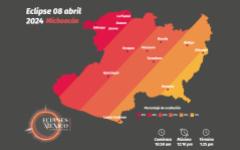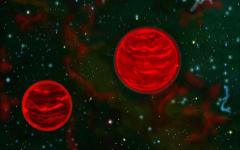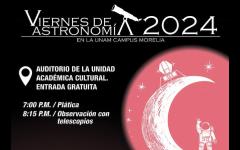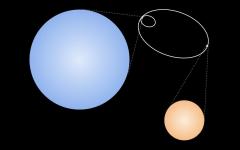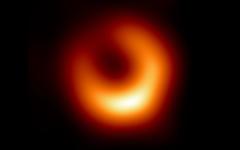- The next solar eclipse will be on April 8, 2024. It will be total in the regions of Sinaloa, Durango and Coahuila, and partial in the rest of the country, including Michoacán
When we think of planetary systems, we imagine one or two stars and planets orbiting them. Surprisingly, astronomers from UNAM found a double system of planets that revolve around each other without a star, and also emit energy in radio waves.
The Institute of Radio Astronomy and Astrophysics (IRyA) at UNAM, Campus Morelia invites the all public to observe the sky with telescopes and attend the “Astronomy Fridays” 2024 talks cycle. This year, IRyA’s academic staff will share general public talks on various topics related to astronomy, such as artificial intelligence (AI), eclipses, the calendar, the Webb space telescope, unidentified aerial phenomena, stars and gravitational waves.
In an unexpected twist, a new study revealed that a star in a young double system is lighter than previously thought, challenging stellar evolution models. The work was led by Jazmı́n Ordóñez-Toro, a doctoral student in Astrophysics at the Institute of Radio Astronomy and Astrophysics (IRyA) at UNAM, Campus Morelia.
The Event Horizon Telescope (EHT) Collaboration has released new images of M87*, the supermassive black hole at the center of the galaxy Messier 87, using data from observations taken in April 2018. With the participation of the newly commissioned Greenland Telescope and a dramatically improved recording rate across the array, the 2018 observations give us a view of the source independent from the first observations in 2017.
Page 2 of 24



